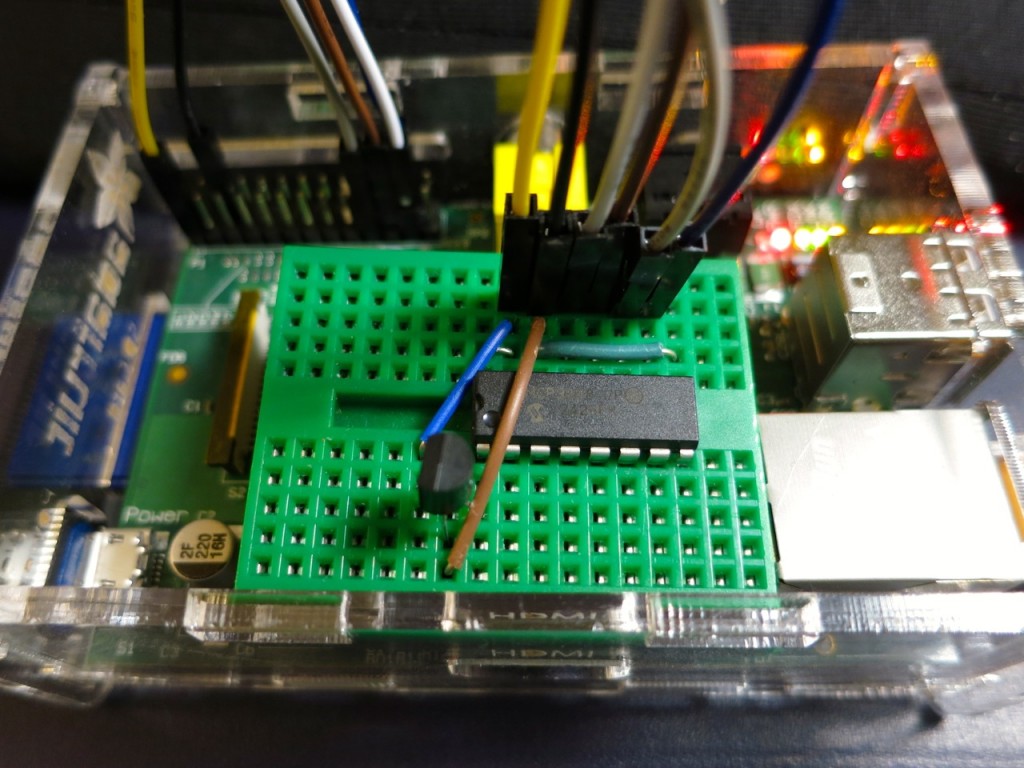

- #How display image with imagemagic with raspberry pi portable
- #How display image with imagemagic with raspberry pi code
To make sure this stayed in place, I superglued everything together:

I took some Lego wheels, removed the rubber tire portions, then used the wheels to connect the two bricks. You learn something every day.) Thanks to this post from The Brick Blogger, I found a straightforward way to do it. (Turns out the nubby things on top of a brick are called studs and the holes on the bottom are called tubes. This is attached to the case with Lego bricks:Ī minor Lego hack: I needed to reverse the direction of the studs on the blocks so that the camera faced away from the screen. Finally, the case includes a small bracket to hold the camera module. I went with the bracket approach because that makes it easy to take the Pi out and change its SD card. The Pi can be fastened directly to the case or held in place with a bracket. An extra-long camera cable is included to connect the two. You bolt the touch screen into the case, then attach the Raspberry Pi. Fortunately, the folks at Smarticase provide a YouTube video that covers everything. We also had people stop by the booth to ask "what is that thing?" Whatever you do with it, people love the Raspberry Pi. A nice ending to a conversation about serverless computing. With these things combined, we had a handheld photo booth to take pictures of attendees in front of a backdrop that made it look like they were riding the Compile Driver.
#How display image with imagemagic with raspberry pi portable
A Tzumi PocketJuice 8,000 mAh portable battery pack to power everything.A SmartiPi Touch case to hold the three things above.The official Raspberry Pi camera module.
#How display image with imagemagic with raspberry pi code
As you can see, this setup produces results similar to the Java code inside the Compile Driver. The case shown here incorporates the Raspberry Pi, a touchscreen, and a camera. We thought it would be fun to build a Raspberry Pi version for the booth so we could offer attendees a free souvenir. If you haven't gone through that example (you really should), that code creates a souvenir photo by superimposing the Coderland logo, a date stamp, and a message on top of an image from a webcam. The Coderland booth at the recent Red Hat Summit was all about serverless computing as implemented in the Compile Driver.


 0 kommentar(er)
0 kommentar(er)
